What Hi-Fi? Verdict
The TX-55LZ980B delivers an excellent combination of gorgeously refined pictures and surprisingly potent sound for impressively little money
Pros
- +
Beautifully refined picture quality
- +
Good value for this performance level
- +
Comprehensive HDR support
Cons
- -
Not as bright as some rivals
- -
Marginal black crush in some modes
- -
Only two full HDMI 2.1 ports
Why you can trust What Hi-Fi?
On paper, the Panasonic TX-55LZ980B is arguably the least interesting of the Japanese brand’s 2022 OLED TV range. After all, as Panasonic’s second most affordable 55-inch model for 2022, it doesn’t benefit from the fancy brightness-boosting panel technologies found higher up Panasonic’s range, or the new Quantum Dot OLED technology that’s turned up to dramatic effect in the latest TV ranges of Sony and Samsung.
The LZ980 does, though, still benefit from Panasonic’s redoubtable premium image processing system, as well as the brand’s ongoing obsession with trying to deliver images that get as close as possible to the way their creators intended them to look.
So will it turn out to be another welcome chip off the old Panasonic OLED block only cheaper, or has the arrival of so many showier OLED rivals this year left it looking like a TV out of time?
Price
The first thing to say here is that Panasonic TVs are no longer sold in the US or Australia. So the only price to consider here is the £1349 the TX-55LZ980B costs in the UK.
This makes it one of the cheapest 55-inch OLED TVs in Panasonic’s 2022 range, only undercut by the upcoming LZ800 series. What this means in key practical terms is that the LZ980 doesn’t get one of the Master OLED panels that the step up Panasonic LZ1000 gets, meaning it likely won’t deliver quite as much contrast, and that it doesn’t get the LZ1000’s swivel desktop stand.
Stepping up further to Panasonic’s LZ1500 and LZ2000 gets you heat sinks and the latest premium OLED panels, with a view to providing significantly more brightness. You’ll need to find an extra £400 to reach even the TX-55LZ1500, though.
At the time of writing the TX-55LZ1000 – which is exclusive to John Lewis – is actually being sold for the same price as the TX-55LZ980B. We haven’t tested that model yet, though, so can’t be sure about its potential picture benefits over the LZ980. Also, the LZ1000’s current pricing appears to be a special limited time promotional offer.
One last comparison of note finds the LG OLED55C2 selling for around £1299 at the time of asking, while the Philips 55OLED807 costs £1499 and the Sony XR-55A80K costs £1599.
Design
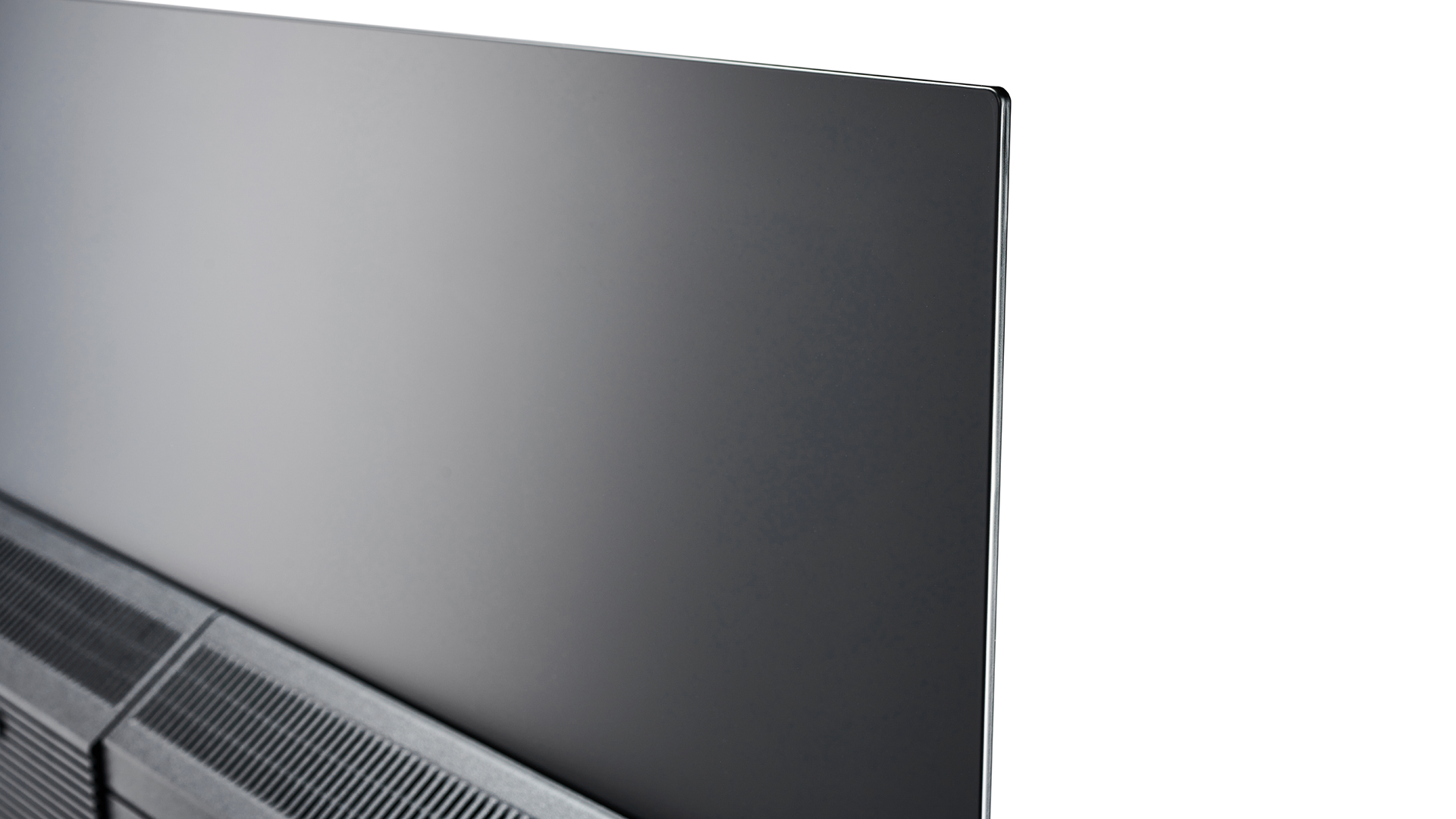
The Panasonic TX-55LZ980B feels a touch lightweight compared with the brand’s more premium sets, and doesn’t sport the obvious speakers that define the flagship LZ2000. Apart from when you’re actually lifting it around, though, you’ll struggle to spot much difference between the design and finish quality of the LZ980 and its more premium LZ1500 sibling.
The central section of the LZ980’s rear sticks out quite a long way by OLED standards, but the fact that the screen is super-slim around its outer edges hides the chunkiness nicely even if you’re watching the TV from an angle.
The stand is a simple, compact but well-built centrally attached metallic plate that sits on just enough neck to leave you space to tuck a soundbar under the screen. You can’t rotate the screen on this desktop stand like you can with some sizes of the LZ1000 and LZ1500, though.
The LZ980 ships with a single remote control that is large, spacious, and reasonably well laid out, if not particularly glamorous.
Features
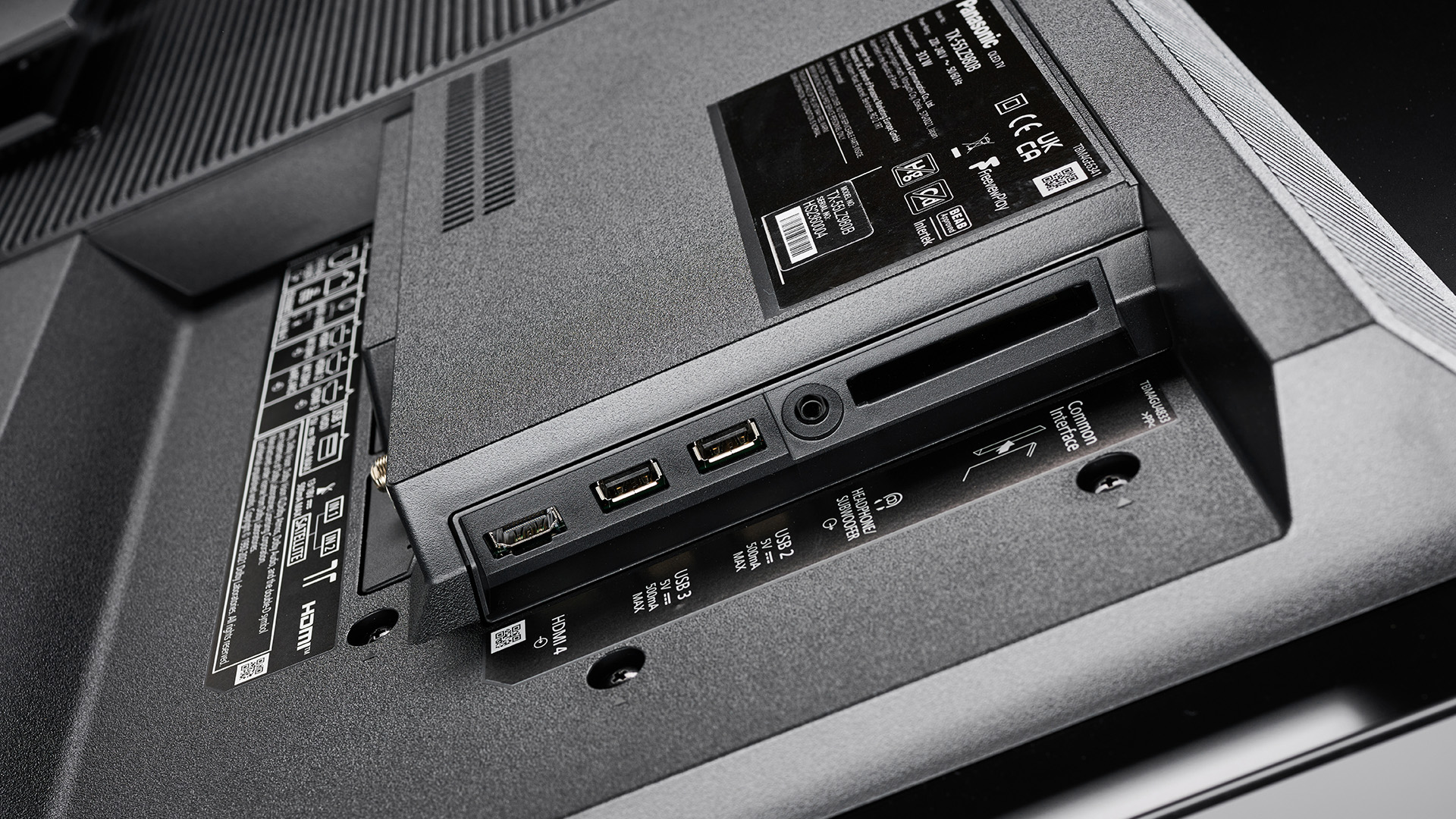
Given Panasonic’s heritage with OLED TVs (and also plasma screens before that), for some serious AV fans simply being able to buy a 55-inch Panasonic OLED TV for just £1349 might be all they need to know. There’s plenty more going on here too, though, to reel in more circumspect TV buyers.
For starters, while it may not benefit from one of Panasonic’s Master OLED or Master OLED Pro panels, it does still carry Panasonic’s latest HCX Pro AI processor – a processor tuned with the help of Hollywood creatives alongside Panasonic’s own decades of experience with screen technologies.
The lower contrast and brightness of the LZ980 panel versus Panasonic’s more premium OLED TVs will, presumably, limit how closely it can get to achieving the brand’s oft-stated ambitions of delivering pictures as closely matched as possible to those created on professional mastering monitors. Experience suggests, though, that Panasonic’s Hollywood-tuner processing should still help the LZ980 get closer to that director’s-intent goal than most if not all rivals at the same price.
Often overlooked, though, is how flexible the HCX Pro AI processor is. Yes, it can do accurate if that’s your thing, but it can also do a great job (in that it still delivers control, balance and refinement) of delivering dynamic, vibrant and sharp images if that’s more to your tastes – or to suit bright room conditions. If you’ve seen ‘calibrated’ pictures on TVs before and found them a bit too flat for you, do not make the mistake after hearing Panasonic’s ‘accuracy’ messaging of thinking that those sorts of images are the only ones the LZ980 can muster.
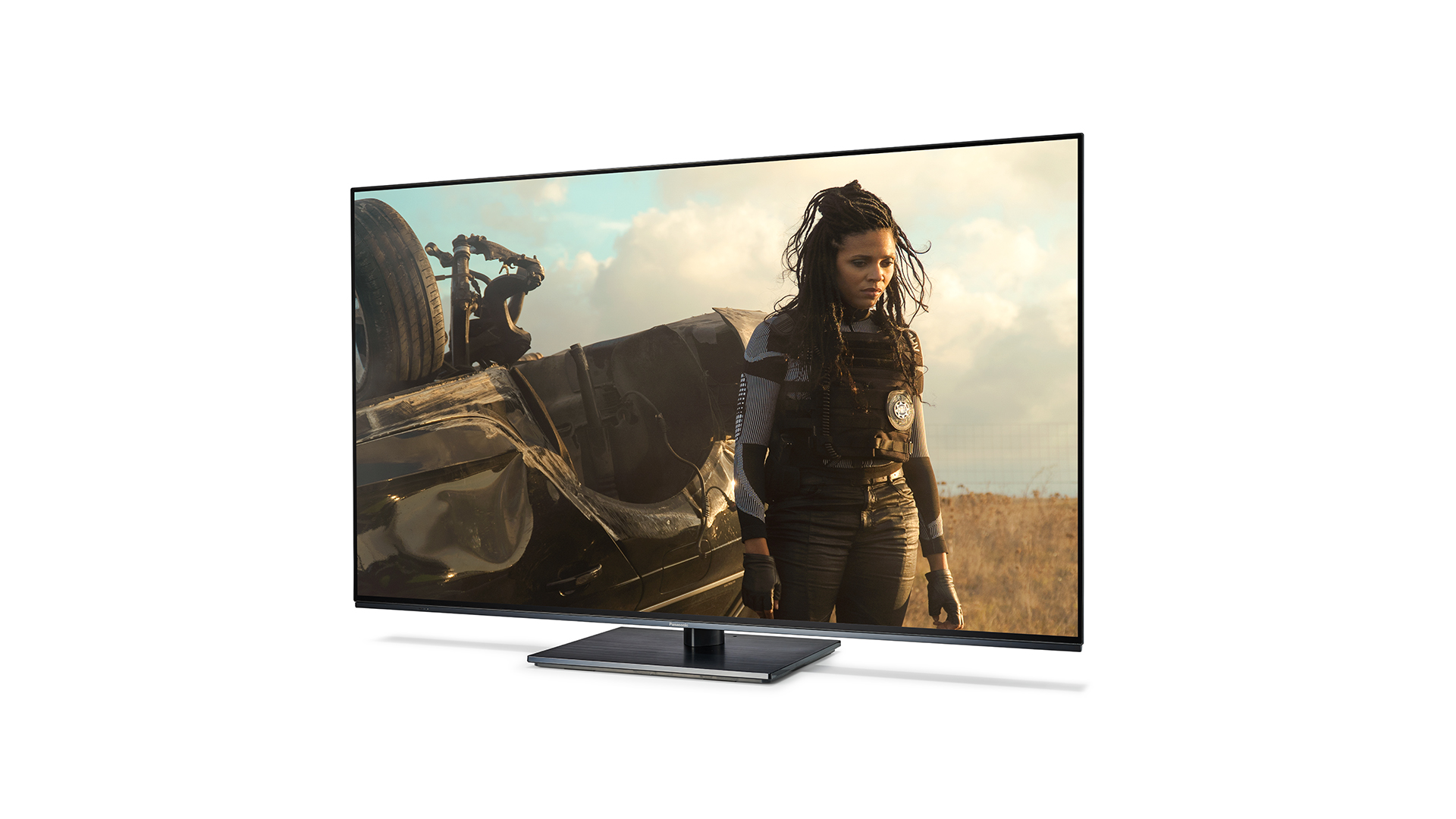
Screen size 55 inches (also available in 42in, 48in, 65in)
Type OLED
Resolution 4K
HDR formats HLG, HDR10, HDR10+, Dolby Vision
Operating system My Home Screen 7.0
HDMI inputs x4
HDMI 2.1 40Gbps x2
Gaming features 4K/120, VRR, ALLM, Dolby Vision gaming (up to 60Hz)
ARC/eARC eARC
Optical output? Yes
Dimensions (hwd, without stand) 71 x 123 x 6.9cm
The LZ980’s lengthy onscreen menus underline its flexibility. Naturally, there are plenty of in-depth tools that calibrators can use to optimise the accuracy, but there is also a remarkable number of options available designed to increase colour intensity, motion smoothness, sharpness and so on no matter what source you’re watching.
We’re definitely not saying here you should merrily go around turning everything up to 11, of course. But we do appreciate a set that cares about trying to be all things to all men. Especially when it tries to simplify this process with an excellently wide-ranging set of picture presets.
Also potentially simplifying your route to optimal HDR pictures is the LZ980’s support for both the Dolby Vision IQ and HDR10+ Adaptive systems. This sees the two premium HDR formats drawing on measurements taken by a built-in light sensor to deliver images continually adjusted in response to ambient light conditions so that they maintain a consistent level of HDR impact.
This feature highlights, too, the LZ980’s exceptional spread of HDR support. While many TV brands still only support either Dolby Vision or HDR10+, all of Panasonic’s OLED TVs support both. So no matter what sources you play, you can rest assured that the LZ980 will always be able to receive the best version available.
The TX-55LZ980B’s Dolby support also runs to Dolby Atmos sound, backed up by a Cinema Surround Pro system that combines the TV’s decently powerful 2 x 15W of audio output with virtual surround processing.
Connections on the LZ980 are mostly impressive for such an affordable OLED TV. The highlight is its four HDMIs, two of which are capable of handling everything today’s gaming world has to offer – including 4K at 120Hz, ALLM and VRR (including Nvidia G-Sync and AMD FreeSync). Dolby Vision gaming is supported, too, albeit only up to 60Hz. Perhaps in an ideal world (given that LG’s OLED55C2 does it) all four HDMIs might have supported all these gaming features. But we guess two HDMI 2.1 sockets will probably be enough for all but the most die-hard gamers.
Three USBs are available for multimedia playback too, plus, of course, there’s built-in Bluetooth and wi-fi support for file sharing from your networked PCs or smart devices.
One final interesting little connection twist is the presence of a headphone socket that can be switched to output bass to an optional subwoofer.
The LZ980’s smart features, finally, are provided by the seventh generation of Panasonic’s own My Home Screen platform. Until recently that would have been a source of disappointment since, while it’s always been one of the easiest to use smart TV systems, it’s also traditionally lacked support for a few of the most popular streaming services. Now, though, with Apple TV+ and Disney+ firmly included alongside all their key rivals, My Home Screen has become a potential attraction rather than the mild deterrent it’s been for the past two or three years.
Picture
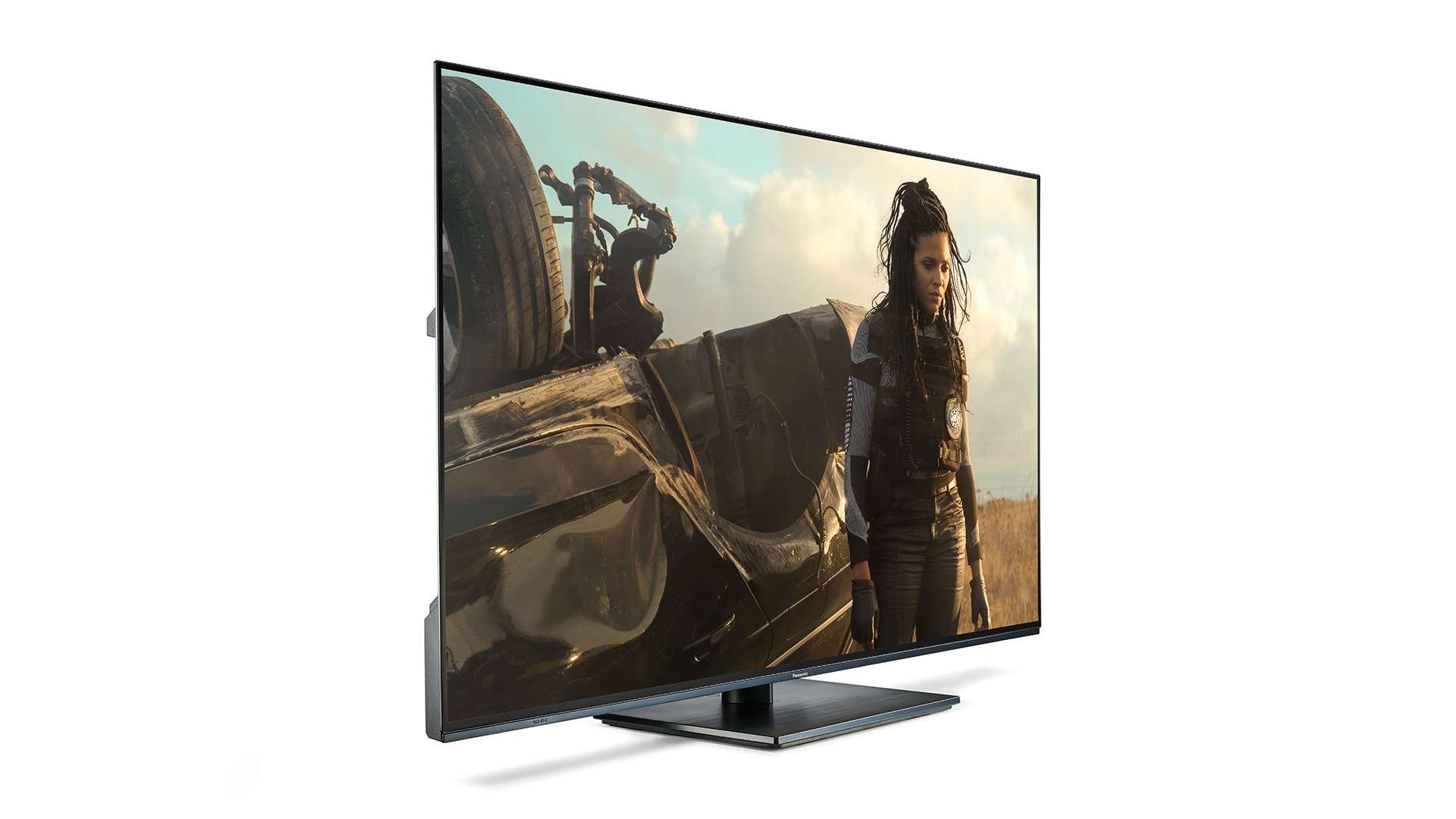
Worries that the affordable LZ980’s pictures might feel somehow left behind by recent OLED advances are quickly and comprehensively quashed.
Starting out by looking at the LZ980 in its most ‘accurate’ modes, the amount of subtlety, balance and detail it manages to eke out of even the toughest sources is as spectacular in its own lovable way as the most aggressively bright, explosively colourful and over-sharpened experiences available elsewhere.
The beautiful refinement when it comes to picking out the faintest shadow details, delivering the smallest of colour shifts, managing the slightest of pixel light differences and delivering the tiniest of details creates a sense of three-dimensionality and immersive insight that’s truly something special. Even in the context of so much advanced OLED competition this year.
The sharpness and detailing is particularly striking, as this feels like the single biggest area of improvement over Panasonic OLEDs of the past. And to be clear, stunning though it looks, this new-found crispness does not look in the slightest bit forced. Rather it just appears to be the natural result of the image’s ability to bring out every last drip of subtlety a good source contains. Total purity, in other words.
It doesn’t harm the sense of clarity and detail, either, that the LZ980 delivers better motion performance than any previous Panasonic OLED TV generation. This is true regardless of whether you prefer to ‘go native’ without any image processing, or you call in Panasonic’s motion processing on its low setting to take the edge off the 24p judder.
The consistency with which the LZ980 handles and balances all of the many elements that go into a great picture is also a joy to behold. It’s this consistency, in fact, that ultimately joins its cheaper price in winning us to the TX-55LZ980B’s cause slightly ahead of Sony’s also fantastic (full review coming soon) XR-55A80K.
The Sony set, with its heat sink-induced higher native brightness, sometimes looks more eye-catching with HDR than does the LZ980. But at other moments within the same film, or even the same scene, the Sony will suddenly look a little less punchy. Not because the Panasonic screen has shifted up a gear, but because the Sony screen seems to have shifted down a gear in order, presumably, to handle the HDR content set up in a different way. The LZ980 stays relatively constant with its presentation, and as a result delivers a more consistent and therefore immersive experience.
As we suggested earlier, though, the LZ980’s consistency and refinement isn’t restricted to its ‘accurate’ settings. Its much punchier Normal setting, for instance, manages to produce its more vibrant colours and impactful contrast range without losing the sense of tonal refinement that so distinguishes its accurate settings; without introducing noise or instability to its gorgeous black and near black reproduction; without making the still impeccable sharpness look forced; and best of all, without causing the picture to look unbalanced or incoherent.
The LZ980 turns out to be a seriously good gaming screen too. Its immaculate light and colour control joins with Panasonic’s new-found sharpness and improved motion performance to play beautifully with even the most challenging and cutting-edge game graphics. The TV is pleasingly responsive, too, in its Game mode, getting input lag down to a very respectable if not world-beating 14.2ms with 1080p 60Hz content.
There are a couple of areas where the LZ980 comes up a little short of more expensive rivals – including more expensive Panasonic OLED models. In particular, it’s not as bright and vibrant in any preset mode with either full screen bright HDR footage or peak HDR highlight areas as QD OLED TVs or OLED models that use heat sink technologies.
Also, it can suffer with a hint of black crush in some of its relatively aggressive settings – including its otherwise excellent Normal preset. Often this is only really noticeable when viewing the TV side by side with the best of the more expensive OLED rivals, but there are occasions where a dark area looks a little hollowed out and flat even when viewing the set in a standalone situation.
Don’t let these small niggles put you off, though. For its money the LZ980’s picture quality is outstanding.
Sound
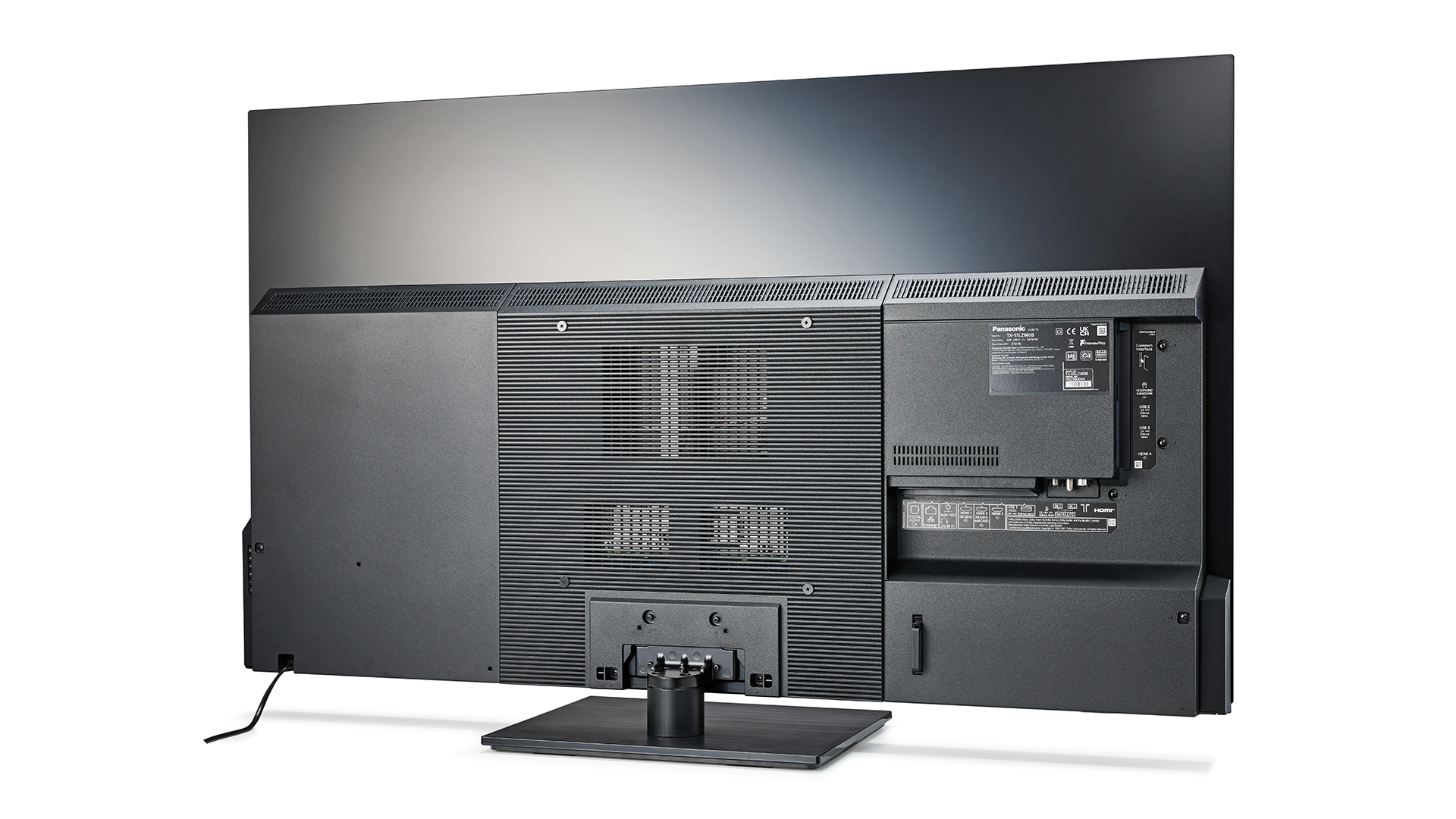
While it might not boast the sort of fancy, multi-channel speaker systems that are suddenly all the rage on premium TVs these days, the LZ980 still sounds pretty good. Better, actually, than some of those supposedly more sonically advanced models.
On the downside, its sound doesn’t have much forward impact, so it doesn’t fill your room as well as TVs with front facing speakers (including Sony’s OLED TVs, which use their actual screens to make their sound). Everything seems to happen to the side of the screen or on the screen, not around your seating position. Bass is only so-so in terms of its depth and impact too, making the idea of adding a subwoofer via the provided sub line out something you really might want to consider.
However, the LZ980 can get pleasingly loud without suffering distortion or harshness, and while the sound might not project forward, its soundstage spreads impressively far to the left and right. There’s even a vague sense of height to the sound ‘wall’ with Atmos sources too, and vocals are impressively clear and convincing even during dense action scene moments.
The mid-range has enough headroom to keep growing and opening up all the way through escalating action scenes too, without ‘levelling off’ or dropping back when the going gets tough. Finally, while bass might not be particularly potent, it falls prey less often than many supposedly more sophisticated speaker systems to distracting distortions, buzzing or crackling.
Verdict
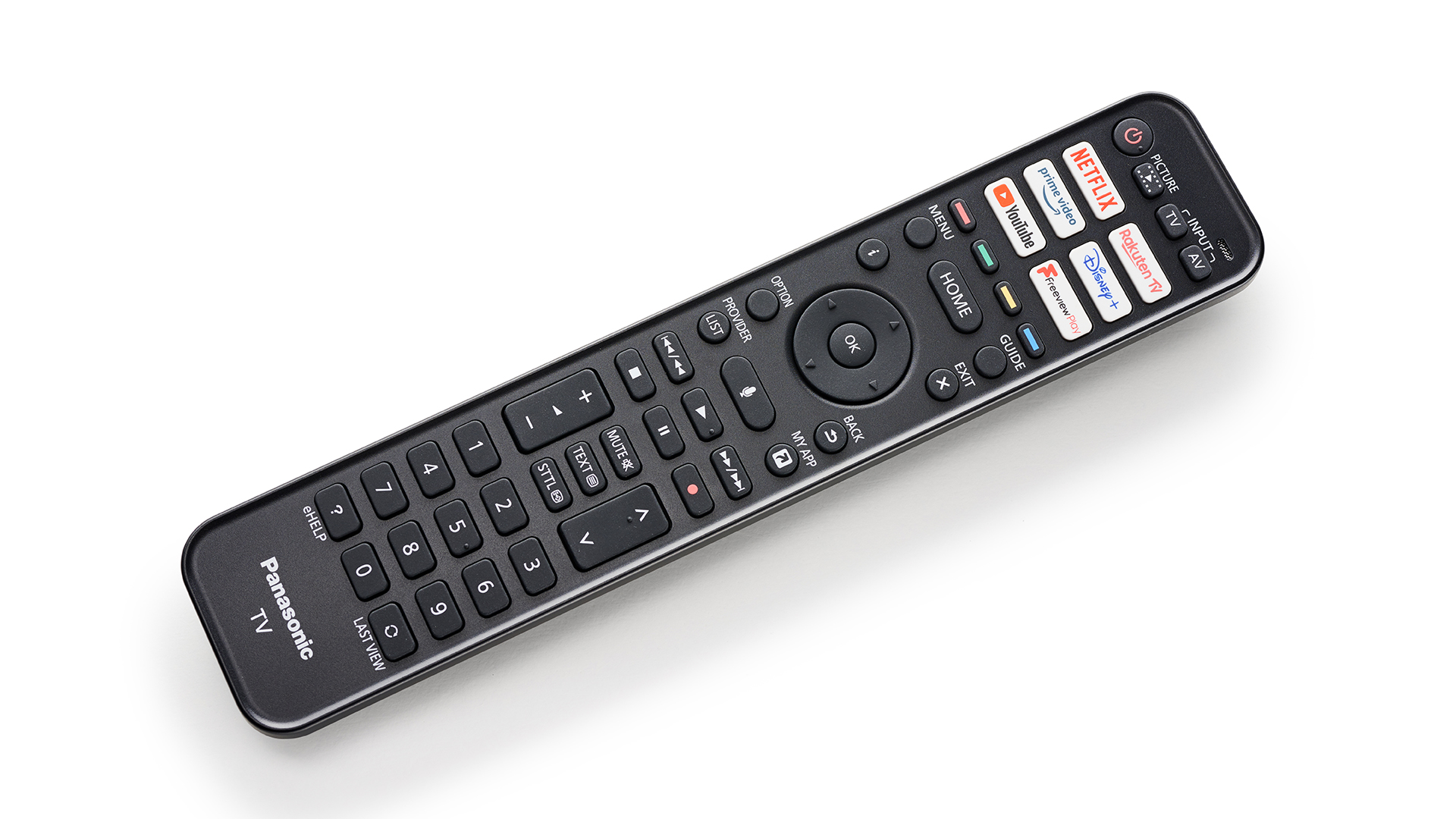
While the TX-55LZ980B might lack some of the picture quality bangs and whistles of the most premium OLED TV panels these days, it ekes every last drop of performance out of its panel so successfully that it actually outperforms, at least in some key ways, some of those more expensive rivals. Which, of course, makes its £1349 price look like a serious bargain.
SCORES
- Picture 5
- Sound 4
- Features 4
MORE:
See all the What Hi-Fi? Awards 2022 winners
Read our review of the LG OLED65C2
Also consider the Sony XR-55A80K
John Archer has written about TVs, projectors and other AV gear for, terrifyingly, nearly 30 years. Having started out with a brief but fun stint at Amiga Action magazine and then another brief, rather less fun stint working for Hansard in the Houses Of Parliament, he finally got into writing about AV kit properly at What Video and Home Cinema Choice magazines, eventually becoming Deputy Editor at the latter, before going freelance. As a freelancer John has covered AV technology for just about every tech magazine and website going, including Forbes, T3, TechRadar and Trusted Reviews. When not testing AV gear, John can usually be found gaming far more than is healthy for a middle-aged man, or at the gym trying and failing to make up for the amount of time he spends staring at screens.
